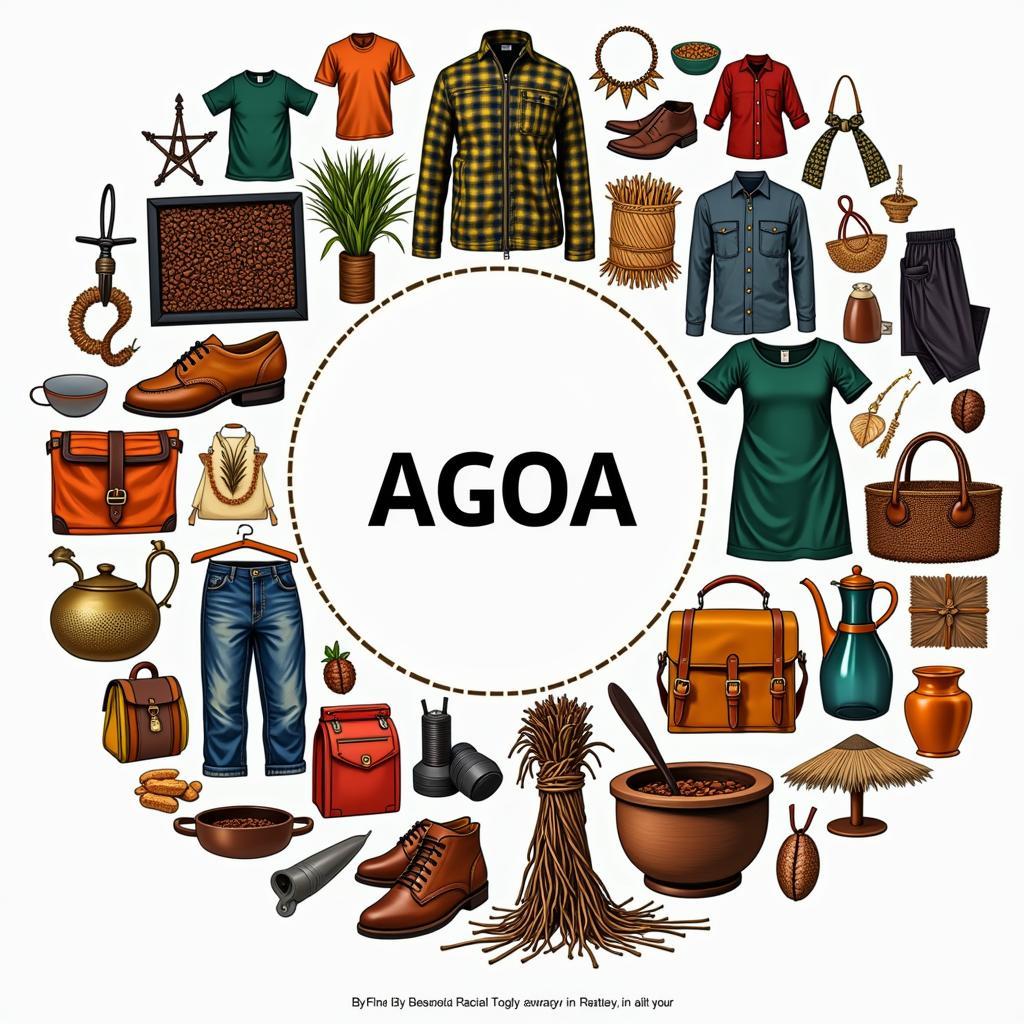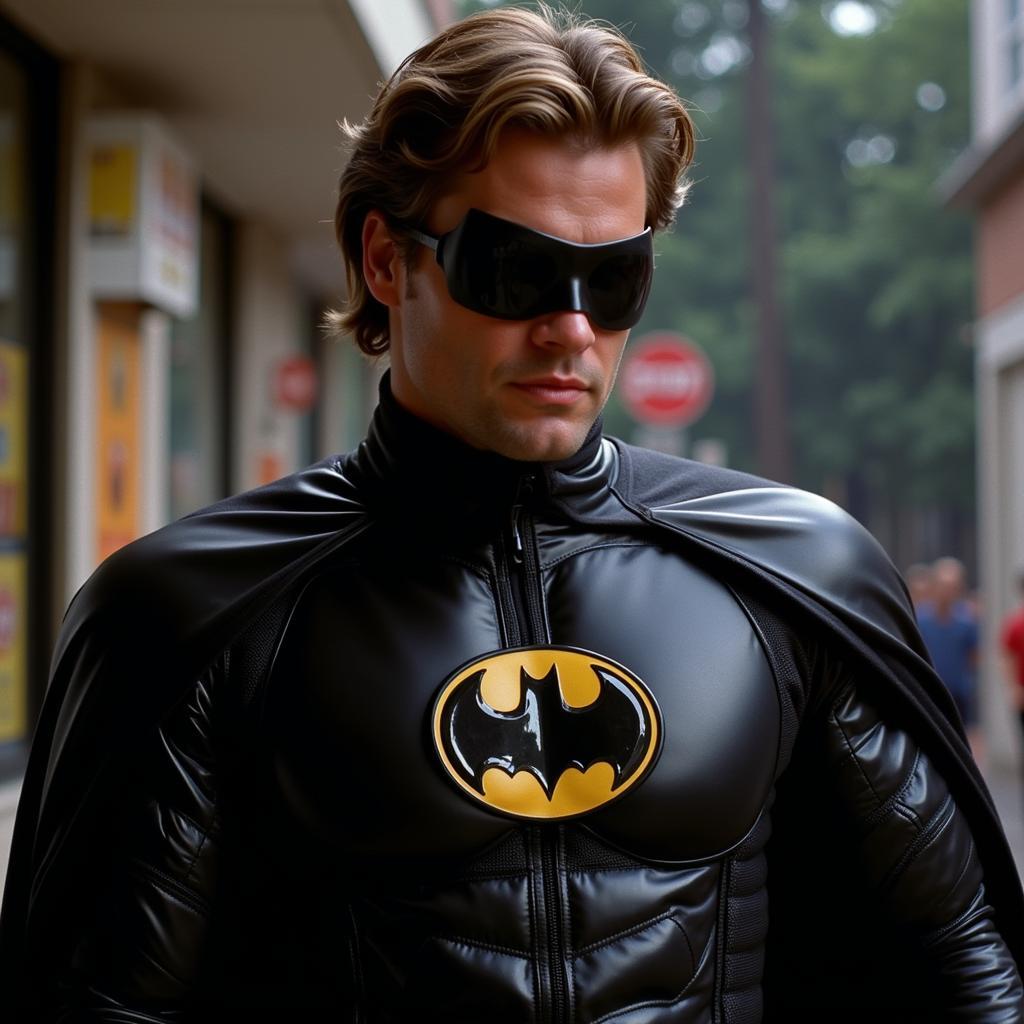1950s African American Male Hairstyles: A Look Back at Iconic Styles
1950s African American Male Hairstyles reflected a growing sense of self-expression and style. From the sharp lines of the conk to the textured waves of the processed do, these hairstyles became symbolic of a generation navigating social change and embracing a new era of cool. This article explores the popular 1950s African American male hairstyles, their cultural significance, and how they continue to inspire contemporary looks.
The Conk: A Statement of Rebellion and Sophistication
The conk, perhaps the most recognizable hairstyle of the era, involved chemically straightening the hair to achieve a sleek, often high-gloss finish. While its origins can be traced back earlier, the 1950s saw the conk reach its peak popularity. This style, demanding meticulous maintenance and defying natural hair texture, became a bold statement, often associated with rebellion and a desire to challenge societal norms. Malcolm X, a prominent figure during this period, famously sported a conk before later abandoning it as he embraced his natural hair and Black identity. The conk also represented a pursuit of sophistication, mirroring the slicked-back styles popular among white men at the time.
 1950s African American men sporting the conk hairstyle.
1950s African American men sporting the conk hairstyle.
The Processed Do: Embracing Texture and Volume
Another popular option was the “processed do,” a hairstyle achieved by chemically relaxing the hair to create softer waves and curls. This style offered a less severe alternative to the conk, allowing for more natural texture and volume. It provided a versatile canvas for experimentation, from looser waves to tighter curls, reflecting a growing acceptance and celebration of natural hair textures within the African American community. The processed do offered a balance between the sleekness of the conk and the fuller textures of natural hair.
Influences and Cultural Context: Music, Film, and Social Change
The 1950s witnessed a rise in prominent Black figures in music and film who influenced hairstyle trends. Musicians like Little Richard and Chuck Berry, with their energetic performances and dynamic stage presence, showcased unique hairstyles that resonated with young audiences. These artists embodied a new era of cool, influencing fashion and hairstyles both within and beyond the African American community. The burgeoning Civil Rights Movement also played a role, as African Americans increasingly asserted their identity and sought ways to express their pride and cultural heritage through personal style.
What were some common 1950s African American male hairstyles?
Common hairstyles included the conk, the processed do, and variations incorporating shorter sides with textured tops.
The Legacy of 1950s Hairstyles
The 1950s marked a significant turning point in African American hairstyles, reflecting the social and cultural changes of the era. These styles represented both a desire for assimilation and a growing embrace of Black identity. The conk and the processed do, while distinct in their appearance, both symbolized a drive for self-expression and a rejection of traditional norms. They paved the way for future generations to explore and celebrate the diversity and beauty of Black hair.
Conclusion: A Lasting Impact on Style
1950s African American male hairstyles offer a fascinating glimpse into a pivotal period in American history. From the rebellious conk to the versatile processed do, these styles continue to inspire and inform contemporary trends. They serve as a reminder of the power of personal style as a form of self-expression and cultural affirmation.
FAQ
- What is a conk hairstyle? A conk is a hairstyle achieved by chemically straightening the hair.
- How was a processed do different from a conk? A processed do relaxed the hair to create waves and curls, while a conk straightened it completely.
- Who were some influential figures who popularized these hairstyles? Musicians like Little Richard and Chuck Berry helped popularize these styles.
- How did the Civil Rights Movement influence hairstyles? The movement encouraged Black pride and self-expression through personal style.
- What is the legacy of 1950s African American hairstyles? These styles laid the groundwork for greater acceptance and celebration of natural Black hair.
- Where can I find more information about 1950s fashion? Check out our articles on 1950s clothing and accessories.
- Are there modern hairstyles inspired by 1950s looks? Yes, many contemporary styles draw inspiration from these classic looks.
Need help with hair care or styling tips? Contact us! Phone: +255768904061, Email: kaka.mag@gmail.com. Visit us at Mbarali DC Mawindi, Kangaga, Tanzania. We have a 24/7 customer support team.

